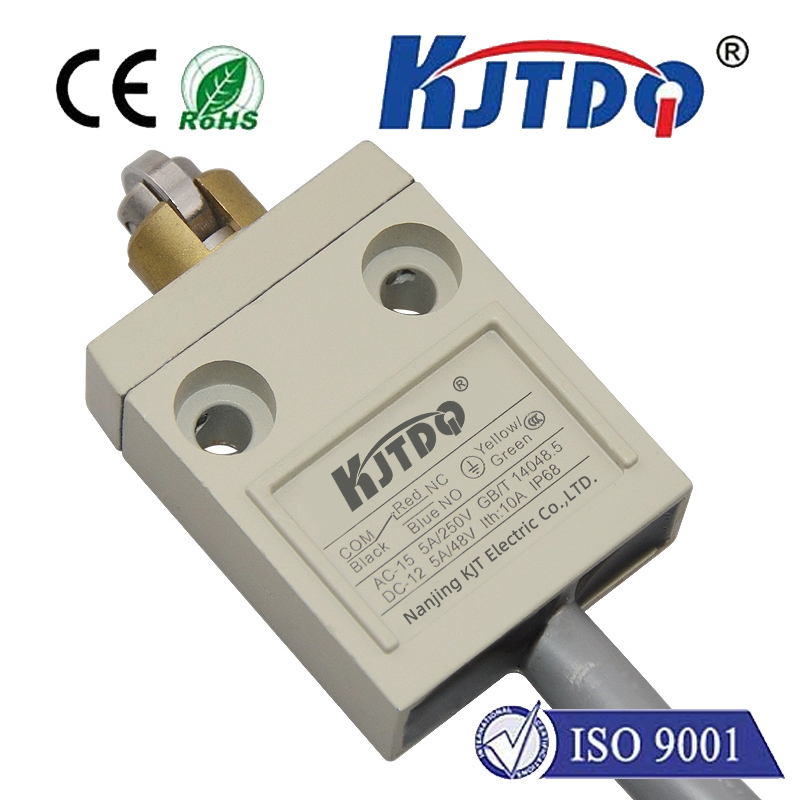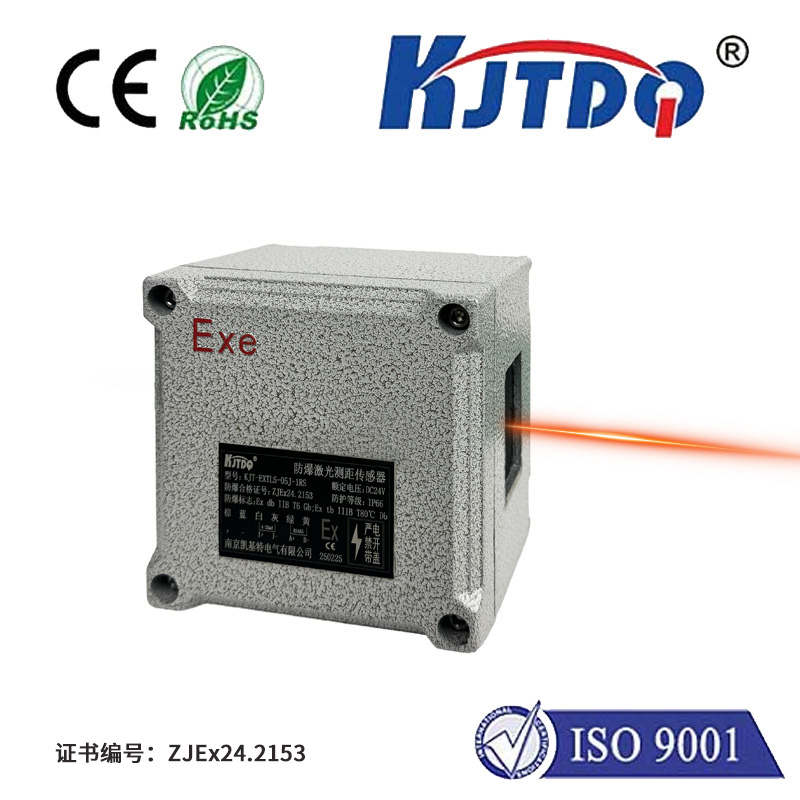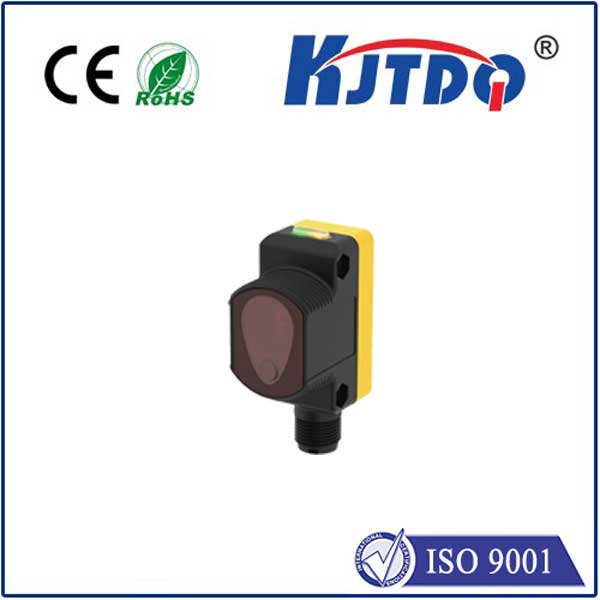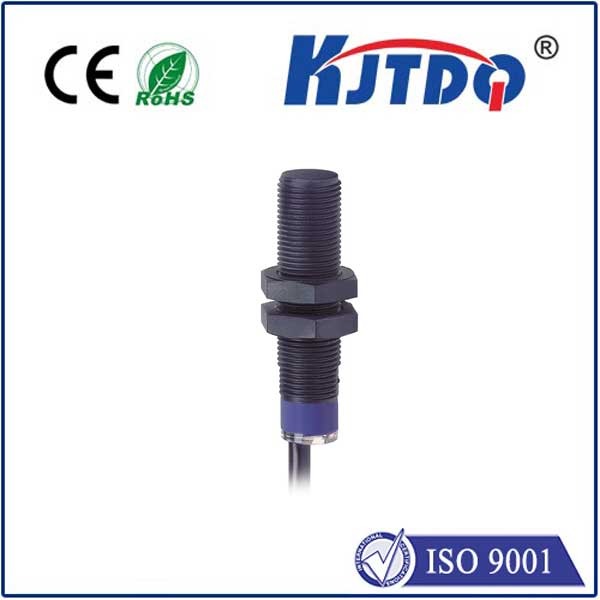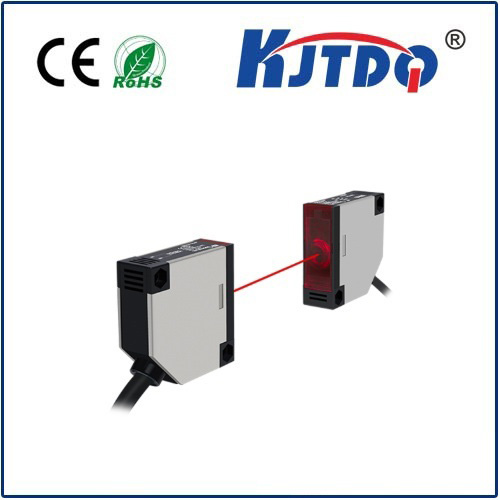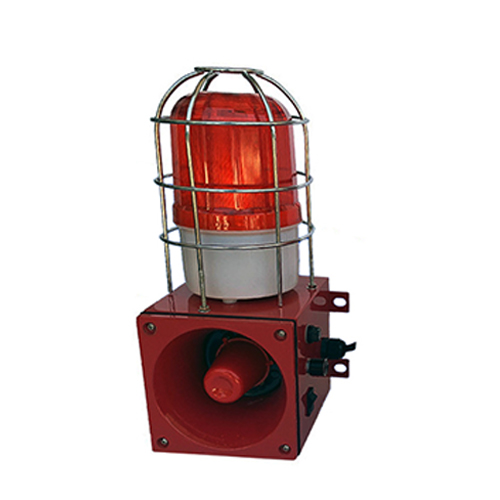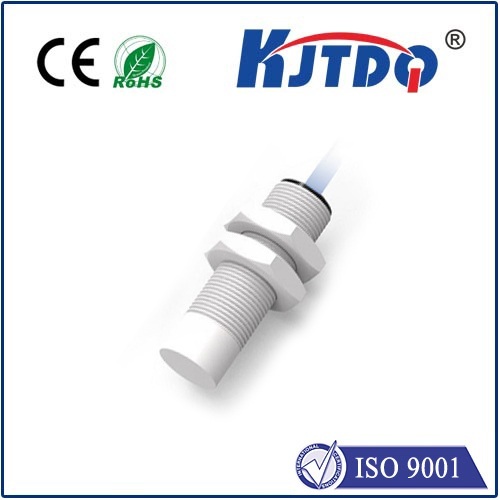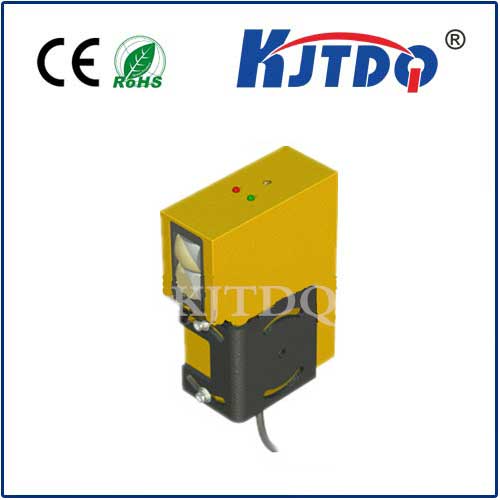

check

check

check

check

check

check

check

check

check

check
Limit Switch for Elevator: Ensuring Safe and Reliable Operation
The limit switch plays a crucial role in the operation of an elevator system. It is a safety device that ensures the elevator does not travel beyond its designated limits, preventing accidents and damage to the machinery. In this article, we will explore the importance of limit switches in elevator systems and how they contribute to safe and reliable operation.
What is a Limit Switch?

A limit switch is an electrical switch that is actuated by the motion of a mechanical component. In the case of an elevator, the limit switch is usually located at the top and bottom of the shaft, where it monitors the position of the car as it moves up and down. When the elevator reaches either limit, the switch is activated, sending a signal to the control system to stop the elevator or reverse its direction.
Importance of Limit Switches in Elevator Systems
The primary function of a limit switch in an elevator system is to prevent the car from traveling beyond its designed limits. Without this safety feature, an elevator could continue moving until it crashes into the buffer at the bottom of the shaft or hits the mechanical ceiling at the top, causing significant damage to both the equipment and the passengers. In addition to preventing accidents, limit switches also help maintain the longevity of the elevator system by preventing excessive wear and tear on the components.
Types of Limit Switches
There are several types of limit switches used in elevator systems, including mechanical, electronic, and optical switches. Mechanical switches use physical contact between the switch and an actuator to detect when the elevator has reached its limits. Electronic switches use sensors to detect proximity without physical contact, while optical switches use light beams to detect the presence of an object within a specific range. The type of limit switch used depends on the specific requirements of the elevator system and its level of complexity.
Conclusion
In conclusion, the limit switch is a vital component of any elevator system, ensuring safe and reliable operation by preventing the car from traveling beyond its designated limits. By monitoring the position of the car and sending signals to the control system, limit switches help maintain the integrity of the equipment and protect passengers from harm. As technology continues to advance, it is likely that more sophisticated limit switches will be developed to further enhance the safety and efficiency of elevator systems.

